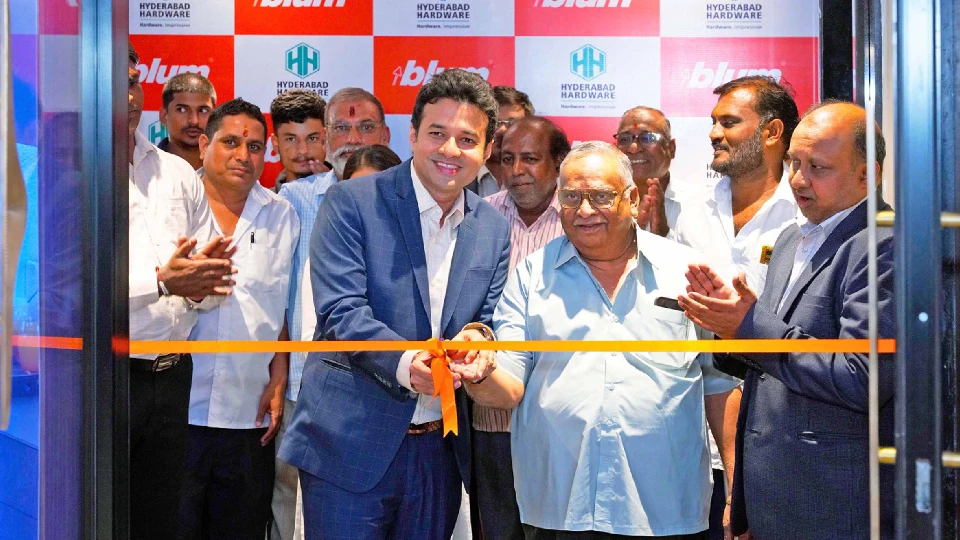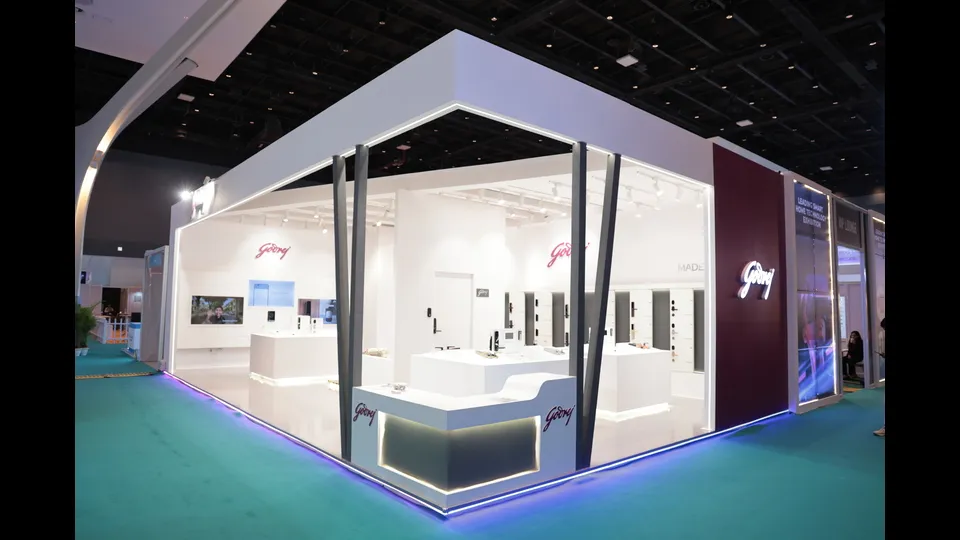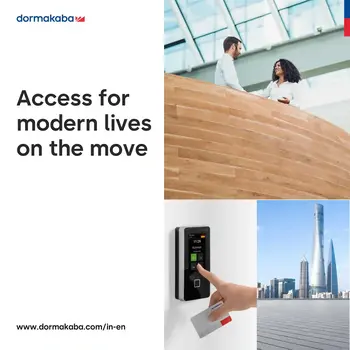Over the last few years, the idea of the modern Indian home has been quietly, yet unmistakably, redefined. As smart home design gains traction across India, it is no longer just a structure made of bricks and mortar. It has evolved into an ecosystem that must resonate with how we live, work, and interact. Homeowners today are no longer satisfied with just well-built spaces; they are looking for environments that are functional, intuitive, secure, and aesthetically aligned with their lifestyle. Features like home access control and smart modular fittings are no longer luxuries—they are expected. What’s more, homeowners expect all these attributes to operate in concert, not as isolated features, but as a unified experience.
Why safety, design, and functionality must work together
What’s become increasingly apparent is that safety, utility, and design can no longer be treated as independent considerations. In fact, they are now deeply interwoven. Safety must not only be robust—it must be seamless. Aesthetics must not only please the eye—they must complement functionality. And innovation must not only solve problems—it must do so with elegance and empathy.
Take, for instance, how home access control has transformed. It’s no longer just about locking and unlocking doors. Modern solutions now enable remote operation, real-time notifications, and controlled, customised access for family, guests, or service providers—all from a smartphone. This is particularly relevant in the context of increasingly mobile lifestyles, where individuals want the assurance of home safety even when they’re away. These advanced digital systems for smart homes in India are no longer purely mechanical devices; they are integrated, design-forward solutions that blend into contemporary interiors—sleek, minimal, and user-friendly.
What makes these innovations powerful in creating a smart home in India is not just the technology behind them. Instead, it’s how well they align with the rhythms of daily life. For instance, the ability to let a family member in while you’re still in a meeting, or receive an alert if the door is left open — these are simple features that offer peace of mind, and more importantly, autonomy.
Reimagining the Indian kitchen – Smart design for everyday efficiency
A similar shift is being observed in how kitchens are being designed and experienced. The Indian kitchen has always been a dynamic space, rich in movement, multitasking, and efficiency. But as urban living compresses square footage, the demand is now for more intelligent spatial planning. And yet, the expectations from the kitchen have only grown: more storage, easier access, and better ergonomics.
This is where smart modular fittings come into play. By observing how Indian kitchens are actually used—how we reach for spices, navigate corners, store utensils—we’ve seen that it’s not just about installing shelves or drawers, but about engineering movement. Thoughtfully designed mechanisms, like lift-up panels and pull-out corner units, turn tight spaces into accessible zones. Additionally, they reduce unnecessary bending and enable smoother workflows. These aren’t just smart modular fittings; they’re facilitators of a better everyday experience.
Purpose-driven innovation for Indian lifestyles
What underpins both of these areas—home access control and kitchen ergonomics—is a core belief. It’s that the modern Indian home is not a collection of disparate products. It is an integrated environment where design, utility, and technology are harmonised to serve real human needs.
At the heart of this philosophy lies purposeful innovation. Every product we work on is developed with a singular question in mind: Does this make life easier, safer, and more enjoyable for the end user? And in India, where homes reflect vast diversity in size, family structure, and lifestyle patterns, that purpose becomes even more crucial. It requires us to think beyond global trends and deeply localise our solutions to fit real, everyday contexts.
The smart home is here, and it’s human-centric
The idea of a smart home design is no longer speculative—it is being quietly realised. But genuine connectivity goes beyond apps or devices. It’s about the responsiveness of your space. Your home anticipates your needs, adapts to your habits, and integrates itself into your lifestyle. Then, it becomes more than just a place to live; it becomes a partner in living.
That, I believe, is where the future of modern Indian home innovation lies—not in singular, flashy features, but in cohesive, considered experiences that make homes secure, intelligent, and beautifully personal. Not as separate achievements, but as one integrated, evolving standard.
|
Reach out to him on: LinkedIn: linkedin.com/in/shyamm7261/ |
Industry Talks with B&I – Premium Built-In Appliances for Modular Kitchens
As the Indian modular kitchen market matures, so does its integral part – the built-in appliances. A recent feature on the



























